That Fit Friend is supported by its readers. I [Jake] run this site myself and buy the gear reviewed. If you purchase through my site, I may earn commissions on sales. Read more here!
Table of Contents+
- My Favorite for LIFTING
- Top Pick for MEN
- Top Pick for WOMEN
- Favorite Pick for CROSSFIT
- My Suggestion for WIDE/FLAT FEET
- Top Pick for CLASSES
- Suggestion for MINIMALIST FEELING
- Go-To Pick for JUMP ROPE
- Favorite for RUNNING
- Good Option for BUDGET
- Benefits of Cross-Training Shoes
- How Should Your Cross-Trainers Fit?
- Cleaning and Care Tips
- Can I Use My Trainers for Long Walks?
Whenever I tell someone I run a shoe review website, YouTube channel, and shoe store, I always get hit with the same ask, “Well, what’s the best shoe then?”
My answer is always the same — it depends. I’ll get into my picks soon, I promise, but let me set the stage a little bit.
Context matters. Sure, it would be easier to shout out a “one-size-fits-all” answer here. However, why suggest a shoe that is sub-optimal when a little research can get you into a better shoe?
Every time you work out, you place stress on your body, and your feet are usually the arbiters of this stress. Find the right shoes for your workout needs and foot anatomy, and you’ll be far better off in the long run.
Don’t Feel Like Reading?
- What to Get for Lifting: Adidas Dropset Trainer 3 ($130)
- What to Buy for Men: UA TriBase Reign 6 ($130)
- What to Buy for Women: Nike Metcon 9 ($150)
- What to Buy for CrossFit: RAD ONE V2 ($150)
- What to Buy for Flat/Wide Feet: Born Primitive Savage 1 ($130)
- What to Buy for Classes: Nike Free Metcon 6 ($120)
- What to Buy for Minimalist Feeling: STRIKE MVMNT Haze Trainer ($150)
- What to Buy for Jump Rope: Reebok Nano X5 ($140)
- What to Buy for Short Runs: On Cloud X 4 ($150)
- What to Buy On a Budget: Nike MC Trainer 3 ($80)
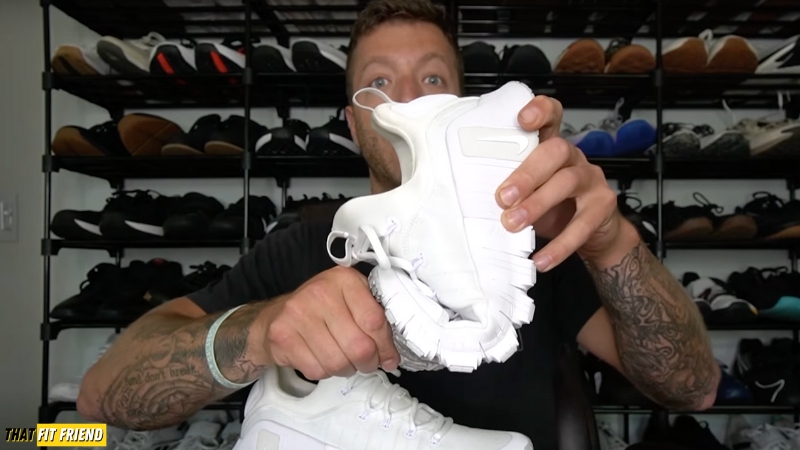
That Fit Friend is an independent website with no outside influence from retailers/companies. I (Jake) have been revieweing training shoes for over 8 years and buy all of the products that I review
How Should Cross-Training Shoes Fit?
It’s important to recognize that every shoe will fit slightly differently, and this is due to companies using different molds for their cross-training shoes. Additionally, keep in mind that all of our feet are different. Trial & error is normal when finding new shoes.
My Sizing Tips
- As a general rule of thumb, you’ll want around a thumb’s width amount of room at the end of your toe box based on your longest toe. This range walks the fine line of not being too snug or too loose to where you experience heel slip.
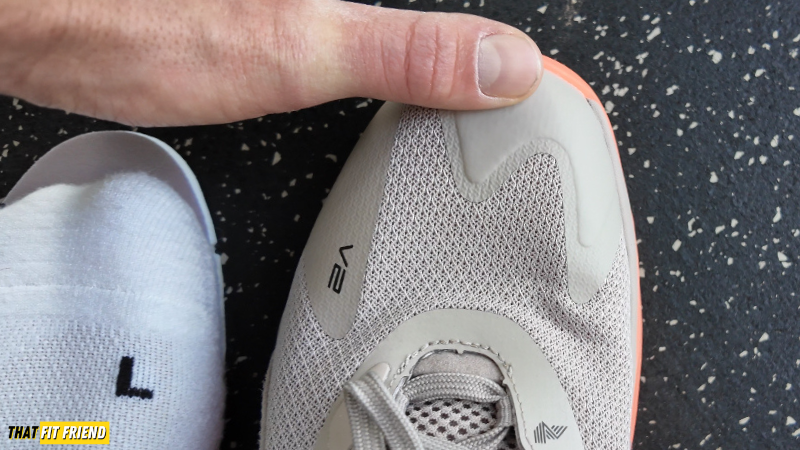
- When in doubt, go to a shoe store and use their Brannock Device (little metal thing you’ve seen a million times) to get your width and length measurements, then cross-reference those measurements with a company’s sizing charts.
- No Brannock Device? You can trace your foot and measure its width and length that way. Remember to do this barefoot and to put some pressure on your foot so it fully spreads out, then cross-reference your data with a company’s sizing chart.
Best Cross-Training Shoe for Lifting: Adidas Dropset Trainer 3
When it comes to pure lifting asks, the Dropset 3 is pretty unrivaled. This shoe has what I’d describe as a pseudo-weightlifting shoe feel. They work great for heavy strength sessions and power-focused sessions where you’re doing things like clean & jerks and snatches.
Sizing Need to Know
- Removable Insole: Yes
- Width: Medium/Wide(ish)
- Narrower Feet Sizing: True to Size
- Wider Feet Sizing: True to Size
- Flatter Feet Sizing: These have some arch to them. Flat feet may want to pass.
- Relative Sizing: Go the same size as Puma, Nike, and Reebok.
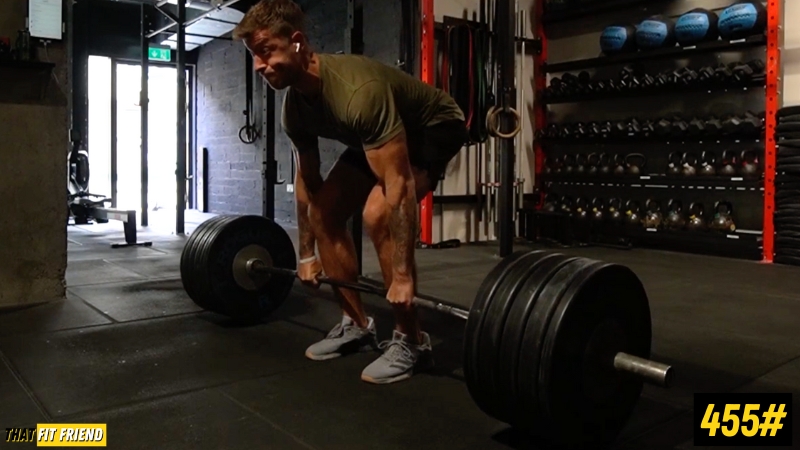
For More Context
- For More Info: Read My Review
- Good Alternative: Nike Metcon 9
- Adidas’ Return Policy: Learn more here
Why I Chose Them
The Adidas Dropset 3 cross-training shoes are my favorite shoes for overall lifting and gym sessions. This model has received multiple updates that have made it awesome for heavy lifting sessions, specifically. I’ve trained well over 500 lbs in this shoe with no issues.
Another perk for lifting with the Adidas Dropset 3 is that they have a wider toe box, which is awesome for accommodating toe splay when tackling heavy leg days and lower body accessories.
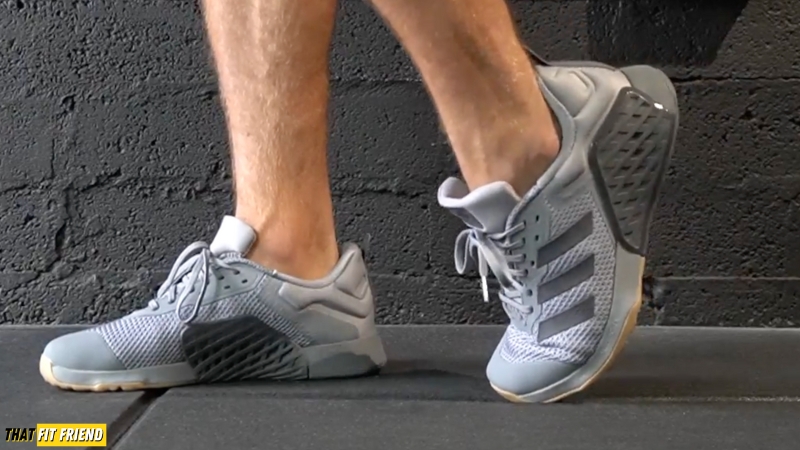
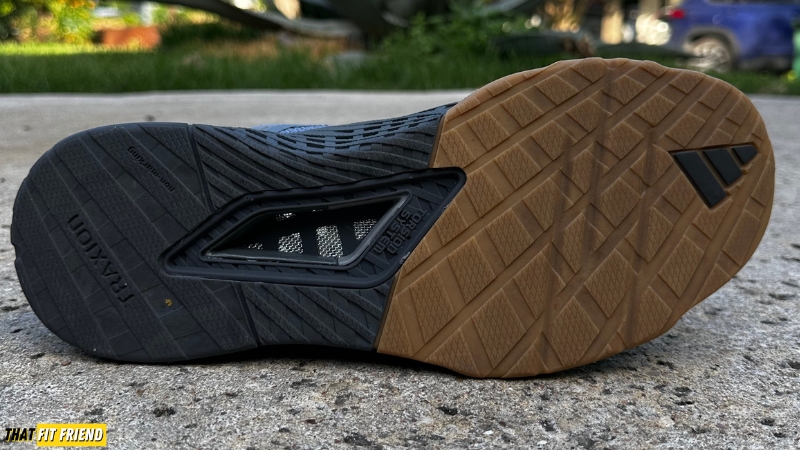
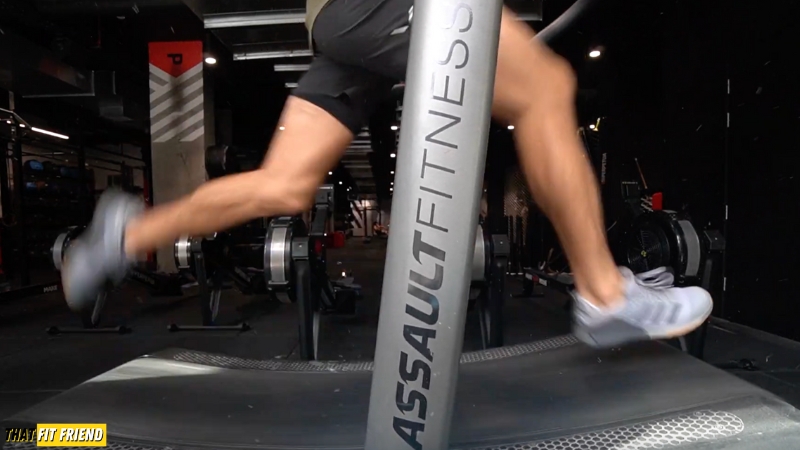
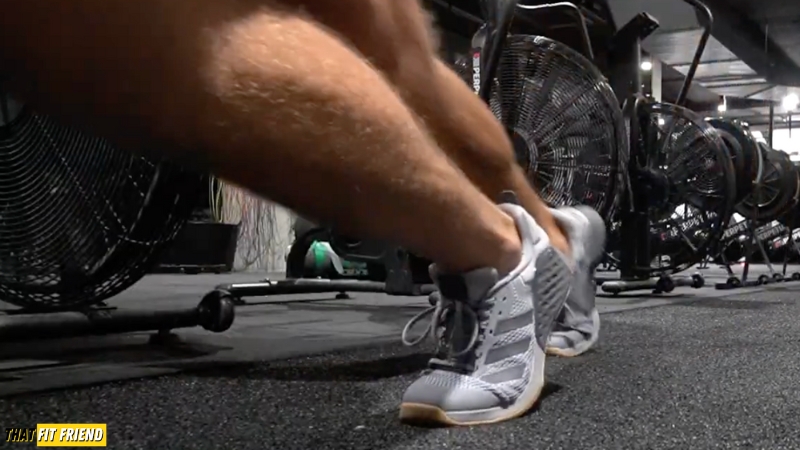
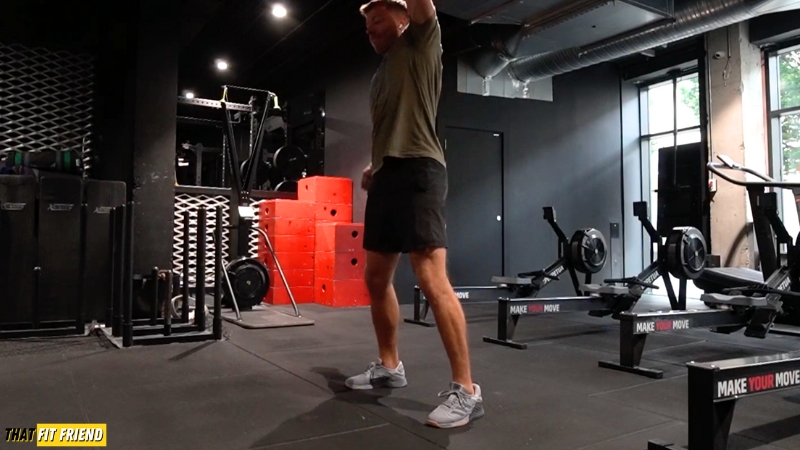
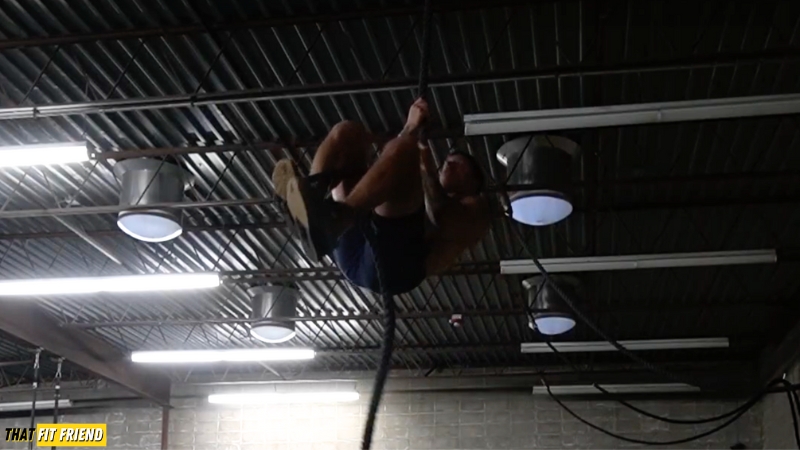
This shoe features a dual-density midsole that gives you more flexibility in the forefoot and stability in the heel. The blend of these two densities gives this model a stable feel in different exercises when under different loads.
The Dropset 3 features a 6mm heel-to-toe drop. Personally, I like this heel-to-toe drop for lifting, and I think it’s a nice in-between drop for most lifters who don’t want to train with a flat foot or overly elevated heel.
What Other Reviews Have Said
Generally, the feedback has been positive. The following are comments pulled from my YouTube review video!
- “I only have one lift in them and it was a heavy squat day and they were PLANTED. My RADs are pretty stable too but I think the heel in the DS3 makes it feel a tad sturdier. I did have some issue with the heel going up so high on a walk I got some rubbing. Wasn’t that much of an issue during the lift. I have a 2E foot and they fit great but you are right about the toe box being a little aggressive. Nothing too serious and it felt like it loosened up by the end of the workout. Have yet to try them crossfit.”
- “Adidas made the impossible. Not only a great shoe for lifting but also for running. Comfortable, light and looks great!”
- “When a creator talks quickly like this, I know they’re doing their best to get the facts out to us in a concise way. Great video. That said, this shoe is hilarious in its own way. The moment you graze a puddle on the sidewalk, now your entire foot is soaked because of that little port hole on the bottom.”
The Bottom Line
If you’re primarily after stability in your training shoes and love breathability, then you can’t fault the Dropset 3’s performance. It’s a good “athlete’s” shoe.
Best Cross-Training Shoe for Men: UA TriBase Reign 6
For the dudes, the Reign 6 can be a great option. I chose this model here because it tends to work well for a wide range of guys’ foot anatomies, and it can be a good jack-of-all-trades-style training shoe.
Sizing Need to Know
- Removable Insole: Drop-In Midsole
- Width: Regular/Medium
- Sizing: True to size
- Width: Medium/Wide(ish)
- Narrower Feet Sizing: True to Size
- Wider Feet Sizing: True to Size, 3E+ Width Pass On These
- Flatter Feet Sizing: These tend to work pretty well for flatter feet.
- Relative Sizing: Go with your Nike, Adidas, and Reebok size.

For More Context
- For More Info: Read My Review
- Good Alternative: Born Primitive Savage 1 (if you want more width)
- Under Armour’s Return Policy: Learn more here
Why I Chose Them
The UA TriBase Reign 6 is a great option for men who love to go hard with their gym sessions. This model is a good versatile cross-training shoe that can do a little bit of everything well, and low-key, it’s the best Reign model to date — by a long shot.
The drop-in midsole in this model provides a nice level of stability for heavier sessions yet is also responsive for power-focused training sessions. The TriBase tech on this model’s outsole is also a nice perk for stability and balance.






I think if you want a cross-training shoe that performs well for recreational lifting, CrossFit workouts, and HIIT sessions, in addition to having a lower heel-to-toe drop, then you’ll enjoy this model. With its 2mm heel-to-toe drop, this is one of the “flatter” cross-training shoes on the market.
One of the perks of the UA TriBase Reign 6 is that it breaks in quickly and feels great on the feet at a fast rate. After a few sessions, the flexible nature of this shoe gives it a nice athletic and seamless fit, which helps expedite this shoe’s natural feeling on the feet.
What Other Reviews Have Said
For the most part, the Reign 6 has been a highly praised model. The only complaints some typically have is its weight and drop-in midsole, which can be a turnoff for some.
- “After some research, I decided & bought a pair of Under Armour Tribase Reign 6’s over a pair of Nike Metcon 9s. Yesterday, I had my Back Day and man, everything that Jake said in the video was true. I did heavy conventional deadlifts (went up to 375lbs), elevated barbel rows and to check the potential of the shoe, I did 2 sets of barbell forward lunges. The shoe performed really well and been a great assert. With being comfortable and super supportive to lift heavy weights, this shoe stands in the Top 5 in CrossFit shoes. Thanks for this amazing review Jake! Cheers”
- “I have just bought these bad boys. I’ve seen all your reviews and comparisons related to the reign 6, thank you very much for your superb videos. Always super informative and entertaining. A half and a year ago I bought the Nike free Metcon 4 when I discovered your channel, and now that I wanted to try something different my first thought was to take a look at your videos to see the best options in 2024. The shoes are just perfect for my gym training and surprisingly comfortable for a walk around the city. Thank you again for your work man. God bless you.”
- “Got them a few weeks ago, best training shoe I had by far! I was always Nike fan, but I got to admit this shoe won me over.”
The Bottom Line
For dudes needing a do-it-all shoe in the gym, the Reign 6 delivers a strong blend of stability and versatility. These are a double-win for flatter feet and flat shoe lovers.
My Community’s Pick for Women: Nike Metcon 9
The Nike Metcon 9 is bringing home the first pick for the women in this round-up. These have earned their spot due to me talking with multiple friends who rock these for training and love them, and receiving feedback from my YouTube community.
Sizing Need to Know
- Width: Medium/Wide(ish)
- Narrower Feet Sizing: True to Size
- Wider Feet Sizing: True to Size
- Flatter Feet Sizing: These have some arch to them.
- Relative Sizing: Go with your normal Adidas, Puma, and Reebok sizes.

For More Context
- For More Info: Read My Review
- Good Alternative: Adidas Dropset 3
- Nike’s Return Policy: Learn more here
Why These Are Here
For blending versatility, durability, and stability, the Nike Metcon 9 does a good job. The dual-density foam midsole in this model gives this shoe a nice bounce for classes and HIIT workouts where you’ll be on your toes a lot.
Then the Hyperlift insert in the heel adds a nice level of stability for different types of lifting and stability shouldn’t be an issue in this model. I also like that the Metcon 9’s upper has been improved and is a bit more durable than the prior iterations.






The Metcon 9 does a good job for the athlete who likes to tackle a blend of training styles every week. Compared to the Metcon 8, the 9 does feel to have a little more versatility in its construction.
One of the main complaints you’ll see against the Nike Metcon 9, is that while the Hyperlift insert does a good job with lifting, it can feel clunky at times. This feature feels better than the 8, but it’s still not the best feature for versatility.
What Other Reviews Have Said
The Metcon 9 receives a lot of mixed reviews. You either LOVE its stability and feel when training or you find the heel clunky and egregious, there’s no in-between.
- “I get why most people want to pass on these but the wider toe box makes a big difference for me, especially if I’m going to weightlift”
- “Excellent review, Dont do anything too dynamic so it’s good enough for my needs”
- “Don’t know if it’s only my pair… Rim of heel rubber is ripped off like crazy… does not affect the function… but seems pretty premature :/”
The Bottom Line
The Metcon 9 works great if you LOVE Nike shoes and you’re primarily wanting a shoe for lifting with some CrossFit and cross-training sprinkled in.
Cross-Training Shoes for CrossFit: RAD ONE V2
For CrossFit, it’s tough to beat the well-rounded construction of the RAD ONE. This model is fantastic for tackling virtually every type of WOD, and there’s a reason they’ve become my and many other CrossFit athletes’ favorite shoes.
Sizing Need to Know
- Removable Insole: Yes
- Width: Narrow/Medium
- Narrower Feet Sizing: True to Size
- Wider Feet Sizing: True to size up to E/EE. 3E+ pass on these or size up a half-size.
- Flatter Feet Sizing: These have some arch to them.
- Relative Sizing: Go with your normal Adidas and Nike sizes.
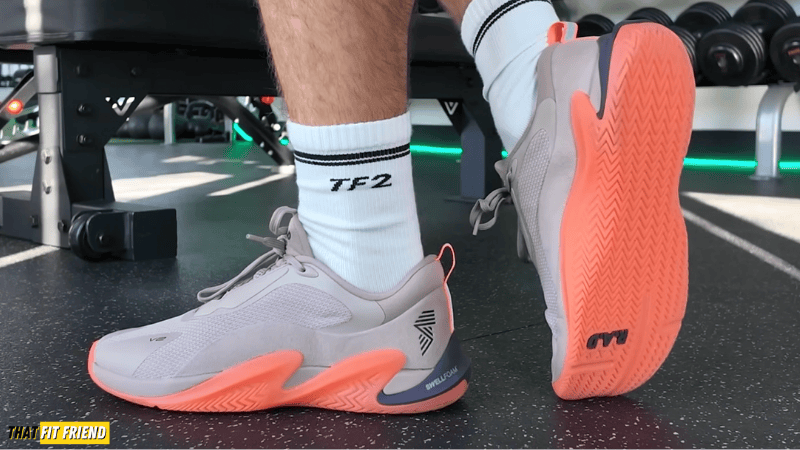
For More Context
- For More Info: Read My Review
- Good Alternative: STR/KE MVMNT Haze Trainer
- RAD’s Return Policy: Learn more here
Why I Chose Them
The RAD ONE V2 has become a favorite model for countless athletes, and it’s a stellar model for CrossFit across the board. This shoe features a midsole and outsole that when blended together walk a really good line between being versatile and stable.
Whether you’re new to CrossFit or maxing out your lifts, this shoe will support your needs really well. The midsole has been stable enough for my deadlifts up to 535 lbs and comfortable enough for more athletic-focused training sessions.
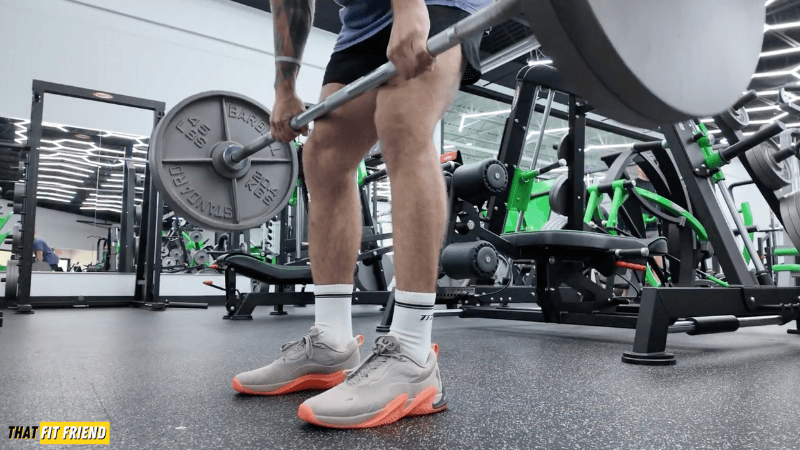
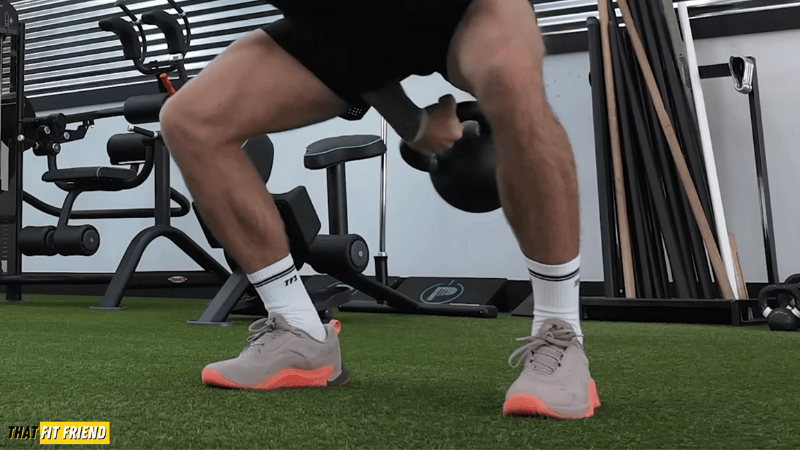
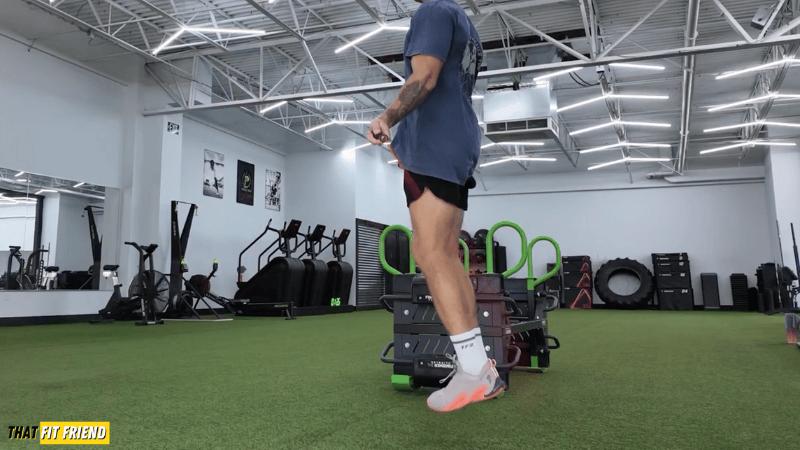
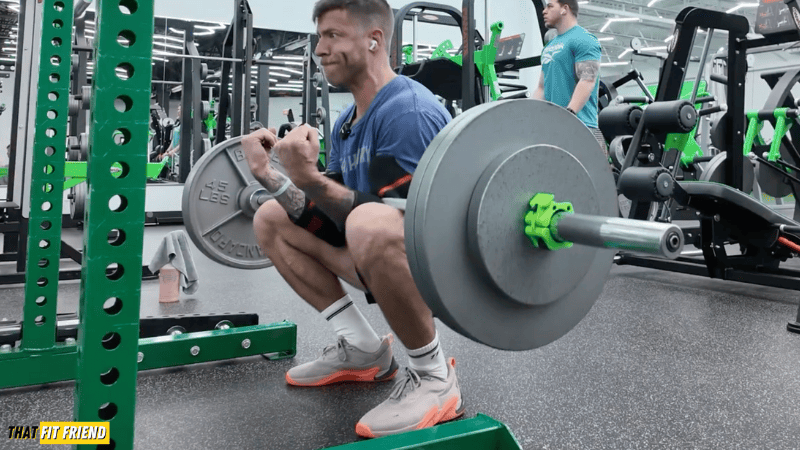
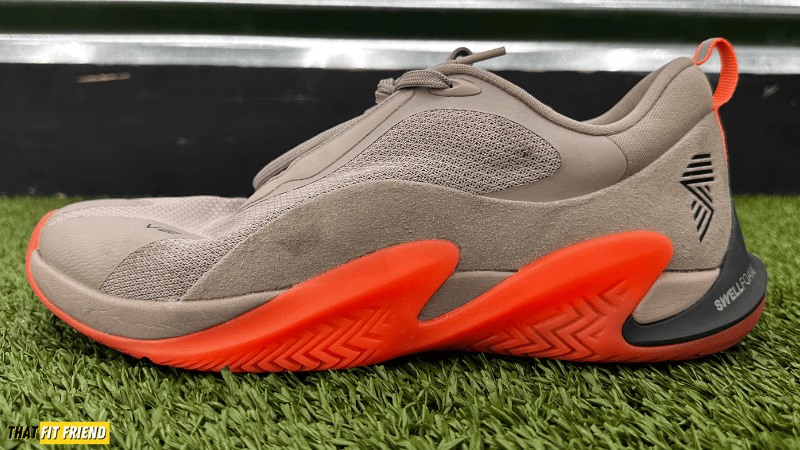
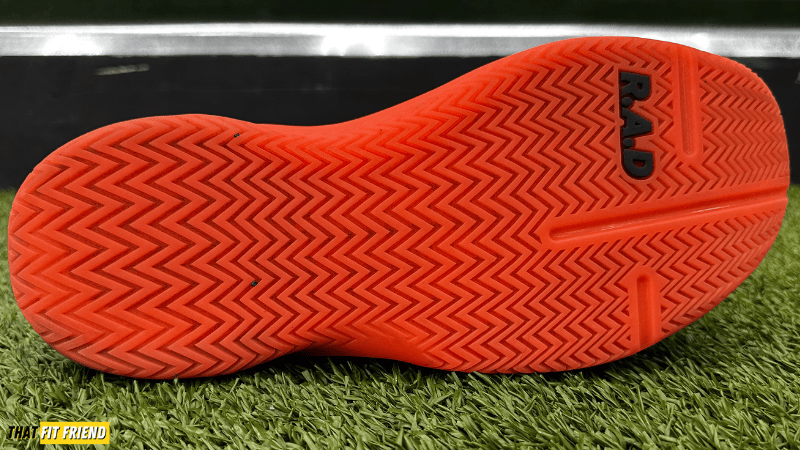
In regard to durability for CrossFit workouts, this shoe’s rubber outsole wraps over the midsole, which is awesome for both traction and additional durability for things like rope climbs where abrasion can tear up the midfoot.
The upper on this model has strategic layers to prolong durability around the toe and midfoot, which are both areas that can break down quickly with this style of training. For a newer model, I’m impressed with the V2’s performance for CrossFit workouts.
What Other Reviews Have Said
These are still super new, and I’m waiting for more community feedback on my video before drawing conclusions. Check back soon!
The Bottom Line
For CrossFit, it’s tough to beat the V2 when it comes to optimized performance. This shoe delivers a nice versatility in most WODs and it has a great platform for lifting.
Best Cross-Trainer for Flat/Wide Feet: Born Primitive Savage 1
The Born Primitive Savage 1 gives you the nostalgia of old-school cross-training shoes while delivering a new-age performance. This model has a nice width, too, which makes it great for lifters with all types of foot anatomies.
Sizing Need to Know
- Removable Insole: Yes
- Width: Medium/Wide(ish)
- Narrower Feet Sizing: True to Size
- Wider Feet Sizing: True to Size
- Flatter Feet Sizing: These have a flatter midfoot.
- Relative Sizing: Go with the same size as Nike and Reebok in these.
- In-Between Sizes: Narrower feet, go down. Wide feet, size up.
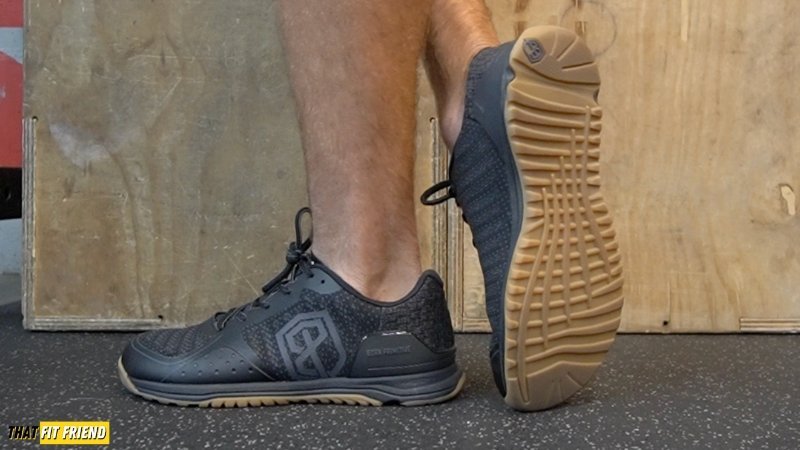
For More Context
- For More Info: Read My Review
- Good Alternative: Reebok Nano 2.0
- Born Primitive’s Return Policy: Learn more here
Why I Chose Them
The Born Primitive Savage 1 is earning my top pick as the best option for flat and wide feet. This shoe is built with an anatomical toe box, and its midfoot isn’t aggressively tapered.
If you like shoes that don’t have a ton of arch and feel flatter throughout, this shoe is a good option. I have an E-width foot, and I find that I have plenty of room in this model for toe splay and letting my arch do its thing.






In the context of performance, this shoe will resonate best with athletes who like more “minimalist” feeling training shoes. This model has a lower stack height and a dual-density midsole, which is great for giving you responsibility and stability.
I also like this shoe’s performance for CrossFit, and if you’re someone who needs a stable and wide cross-training shoe that can do it all, then the Born Primitive Savage 1 is a great option to explore.
What Other Reviews Have Said
The BP Savage 1 tends to get overall positive reviews for those buying these for lifting and for their width.
- “Freakin love this shoe, BP has done a stella job imo, stable, grippy, comfy, minimalist, ngl that tongue does piss me off a bit though.. but overall I think itll replace my haze trainers and older nanos in the long term, i haven’t tried then for rope climbs yet due to them feeling a little flexible and less rigid like the nano X3 sole.. great review jake”
- “I like the shoe for lifting. One of the areas that is not for me are planks where the shoe does not bend at the toe as comfortable as others such as Nike Metcon 8 that has a break on the sole. I like the BP over the Metcon for lifting though.”
- “I got the savage 1 and haze trainer both in an 11. I think the savage is less snug but I don’t mind that. But the haze trainer feels like the sole is softer. I haven’t done much in them yet besides walking around the block and a few crossovers in each. They both feel like they will be great shoes for me. The haze trainer is a little more snug on top but width is great on both”
The Bottom Line
If you have wider feet and want a shoe for lifting and CrossFit, grab the BP Savage 1. Pro tip: Take out the insole if you want more midfoot width.
Best Cross-Training Shoes for Classes: Nike Free Metcon 6
The Nike Free Metcon 6 has been one of my go-to cross-training shoes for HIIT, and that’s for good reason. This model feels, to me, like the older Free Metcons, which have always been far superior to the newer models, IMO.
Sizing Need to Know
- Removable Insole: Yes
- Width: Medium/Wide(ish)
- Narrower Feet Sizing: True to Size
- Wider Feet Sizing: True to Size, 3E+ Width Pass On These
- Flatter Feet Sizing: These have some arch to them. Flat feet may want to pass.
- Relative Sizing: Go same size as Adidas and Reebok.

For More Context
- For More Info: Read My Review
- Good Alternative: Reebok Nano Gym
- Nike’s Return Policy: Learn more here
Why I Chose Them
The Nike Free Metcon 6 earns my top pick for HIIT for three key reasons. First, the Nike Free midsole in this model feels responsive and plush for a ride range of movements. For sprints, jump rope, and box jumps, these feel light and pliable.
The midfoot also feels similar to the OG Free Metcon, which I also like for HIIT and athletic training. Don’t get me wrong, there’s still an arch in this shoe, but it’s way less aggressive than the Free Metcon 4 and 5’s arch construction.
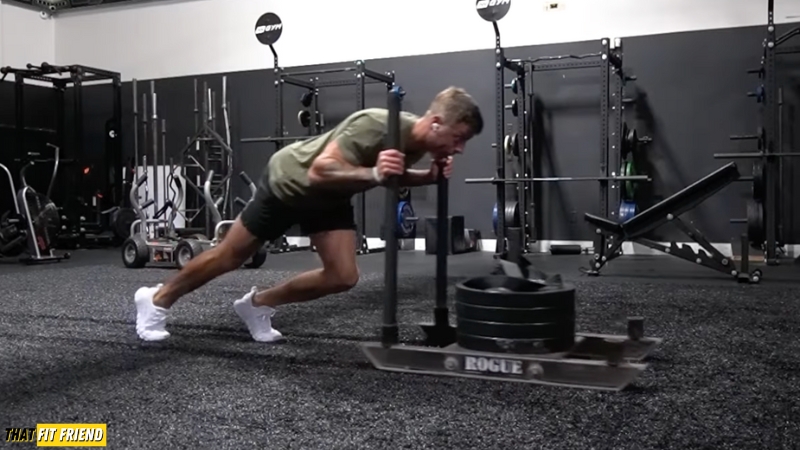
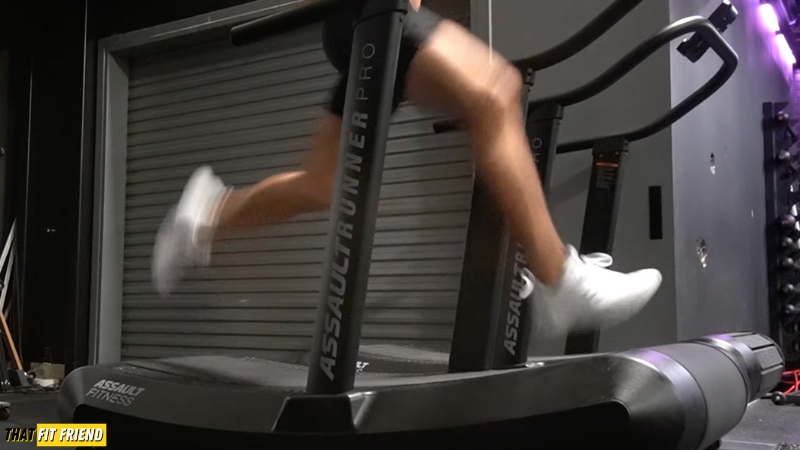

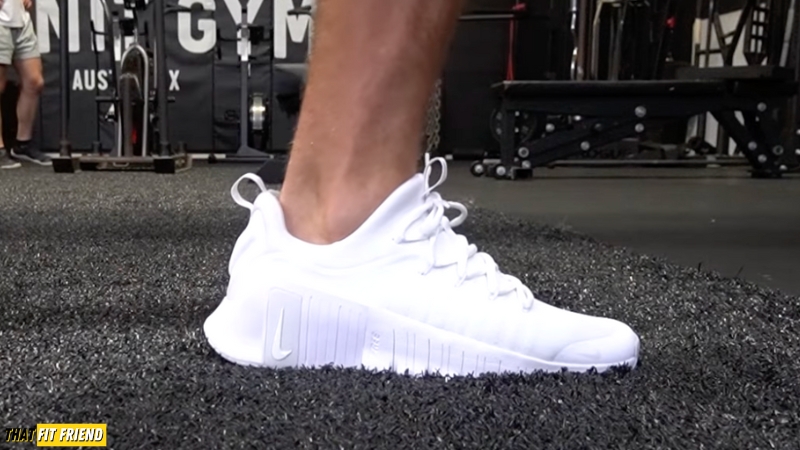
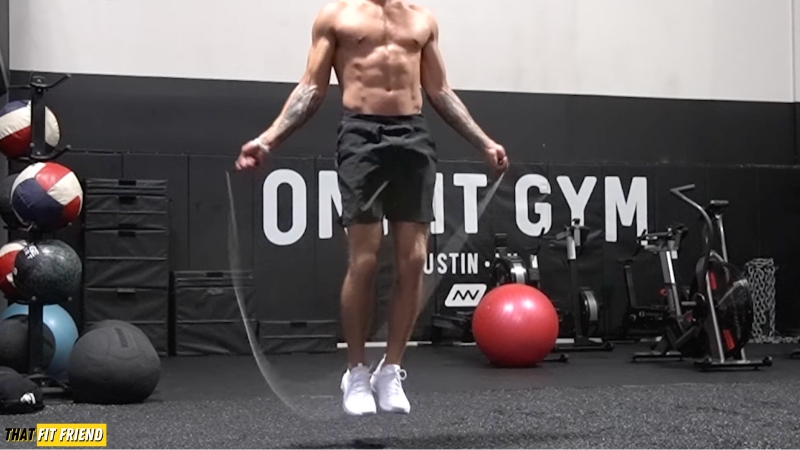

The second reason why I like this shoe for HIIT is its upper construction. For multi-directional workouts and explosive exercises, this shoe’s upper did a good job of locking my foot down. I never had spillover issues in them, and you feel planted when landing.
Outsole grip and weight are the final reasons why I like this shoe. On different surfaces, these shoes have been impressive with their grip — despite having some exposed foam at the midfoot. I will say this can be a con in some context, so read my full review for that assessment.
What Other Reviews Have Said
The Free Metcon 6’s downfall is its durability. If you can understand where NOT to use this shoe, they tend to receive overall positive reviews.
- “Thanks for the insight!! Side note for peeps who struggle with ankle bone irritation… I tried on the metcon 5 and 6 today and the heel collar of the 5 rubbed up against my ankle bone BAD. I noticed they actually widened the heel collar dip in the 6, so it doesn’t rub up against the ankle bone as much and is way more comfortable.”
- “I just returned mine because the bottom rubber on sides started to separating from the white base. This was after 30 days. Customer service sounded like this was common…”
The Bottom Line
The Free Metcon 6 is solid for the generalist needing a shoe for classes, HIIT, and some lifting. They start to fall short as the training gets more specific and serious.
Best Minimalist Feeling Trainers: STRIKE MVMNT Haze Trainer
If you’re like me and love rotating between barefoot shoes and training shoes, then you’ll enjoy the Haze Trainer. This shoe gives you a pseudo-barefoot shoe vibe with its flexible Cush50 midsole, thus earning it my top pick here.
Sizing Need to Know
- Removable Insole: Yes
- Width: Medium
- Narrower Feet Sizing: True to Size
- Wider Feet Sizing: Go Up a Half-Size
- Flatter Feet Sizing: These have a tapered and low-volume midfoot. Thick feet, pass.
- Relative Sizing: Go the same size as Nike, Adidas, and Reebok.
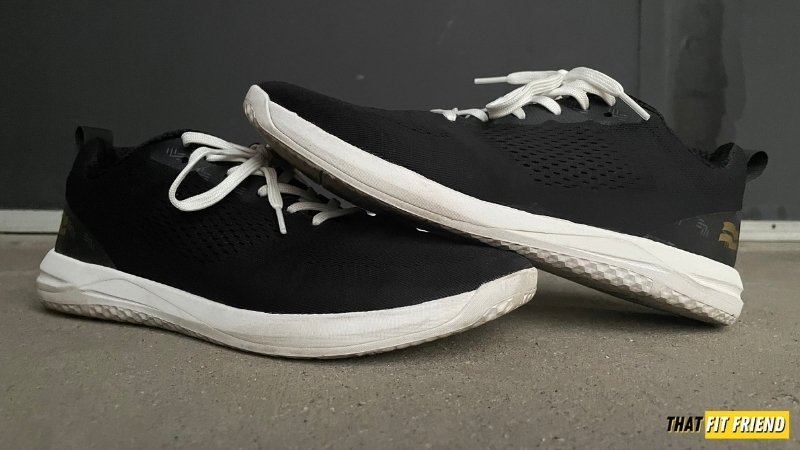
For More Context
- For More Info: Read My Review
- Good Alternative: Born Primitive Savage 1
- STRIKE MVMNT’s Return Policy: Learn more here
Why I Chose Them
The STR/KE MVMNT Haze Trainer is often what I describe as a good “bridge” training shoe for lifters who love barefoot shoes and traditional cross-training shoes. You get a solid level of ground feedback with these when producing power into the ground.
The Haze Trainer has a high degree of sole flexibility, which is awesome for those who love shoes that move well when doing exercises like split squats, lunges, plyometrics, and agility workouts.



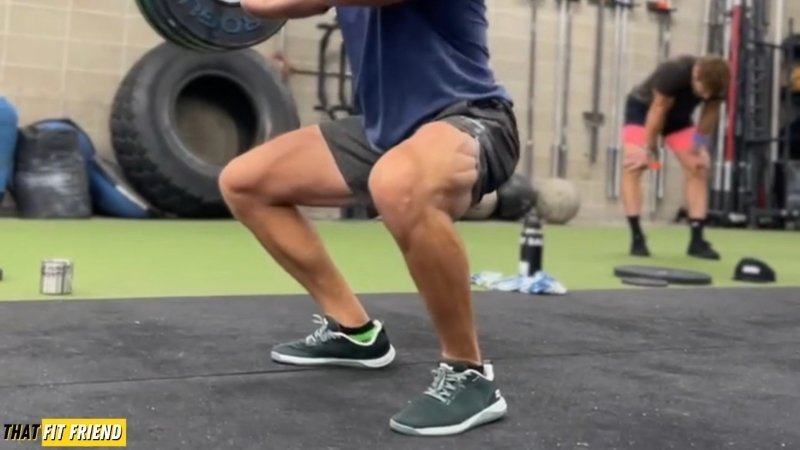
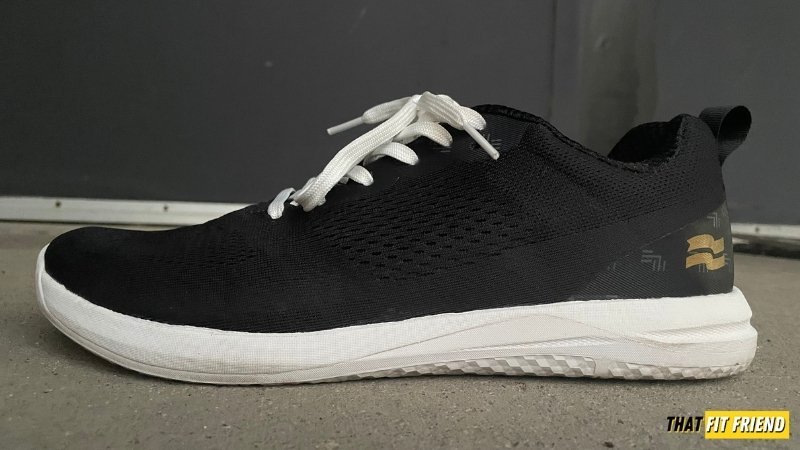
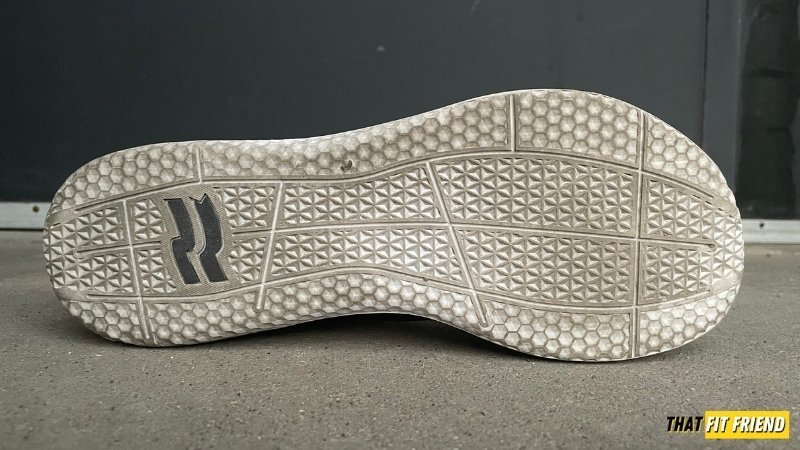
I also like how versatile the Haze Trainer is and how it can work for lifting, CrossFit, athletic-style sessions, and daily wear. In fact, the Haze Trainer is typically my go-to travel shoe when I can only bring one model with me.
The Cush50 midsole does run a little more on the dense side so while it works great for lifting it may not be the most plush for running, however, if you want a “minimalist-feeling” shoe then this should be a non-issue for you.
What Other Reviews Have Said
The Haze Trainer is one of those shoes that you either LOVE or DESPISE. This usually has to do with their fit, which I discuss in detail in my individual reviews.
- “I love mine. I’ve used them 3-4x a week for 3 months. Durable, great fit, comfortable, agile, true to size. I will buy another pair, I only wish I can catch a sale or use a coupon code”
- “I wish this video review of these cross trainer was higher on the algorithm as I just bought these 2 days ago (as im writting this comment) and it solidified that it was a great choice that I have taken to buy new shoes for cross training. Great video and explanation. I’ll follow up on the Ortho. I do have custom ortho but typically for sneakers I would buy 32$ ortho (3-in-1 ortho) and they are usually low profile enough”
- “Thanks for the review Jake! Love these shoes with how versatile they are! A little tip for those with a wide foot and/or who have an insert/orthotics, I stuffed my shoes with socks at night before wearing them the next day to help break them in and create a little more room in the mid and forefoot due to the low profile of the shoe. Struggled with them being a little tighter at first but doing this has really helped and now they’re hella comfy.”
The Bottom Line
If you’re big on training in minimalist-like shoes that work well for lifting, CrossFit, and cross-training, the Haze Trainer is an awesome option to explore.
Best Cross-Training Shoes for Jump Rope: Reebok Nano X5
For jump rope and general gym workouts, the Nano X5 is pretty unmatched. This model has a much more stripped-back construction compared to its more CrossFit-focused predecessors. The Floatride Energy Foam in these gives them a nice bounce for jump rope workouts.
Sizing Need to Know
- Removable Insole: Yes
- Width: Medium
- Narrower Feet Sizing: True to Size
- Wider Feet Sizing: True to Size, 3E+ width feet pass on these.
- Flatter Feet Sizing: These have some arch to them. Flat feet may want to pass.
- Relative Sizing: Go the same size as Puma, Nike, and Adidas.
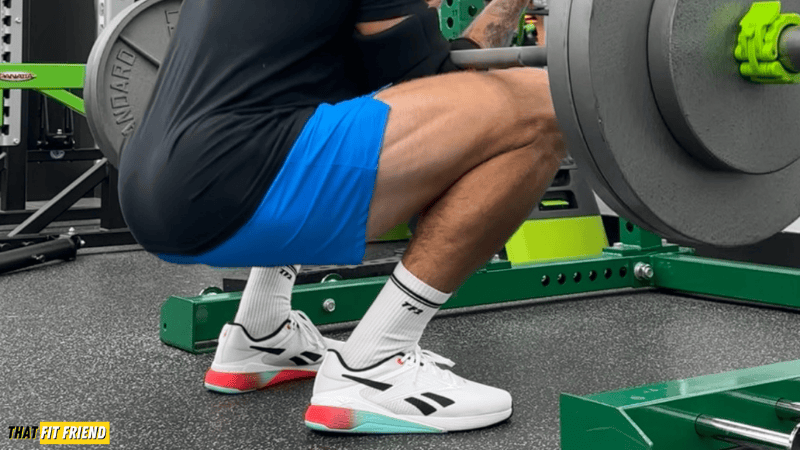
For More Context
- For More Info: Read My Review
- Good Alternative: Inov8 F-Lite
- Reebok’s Return Policy: Learn more here
Why I Chose Them
The Reebok Nano X5 is a good “jack-of-all-trades” style training shoe and it can excel for jump rope. The dual-response midsole offers a good blend of stability and responsiveness for different types of training. You can lift heavy in these and use them for HIIT with no issues.
For example, a lot of lifters and athletes will use this shoe for functional fitness, which entails a high volume of jumping rope and, more specifically, double-unders. This shoe’s upper has a good fit and security and should work for most training styles and demands.
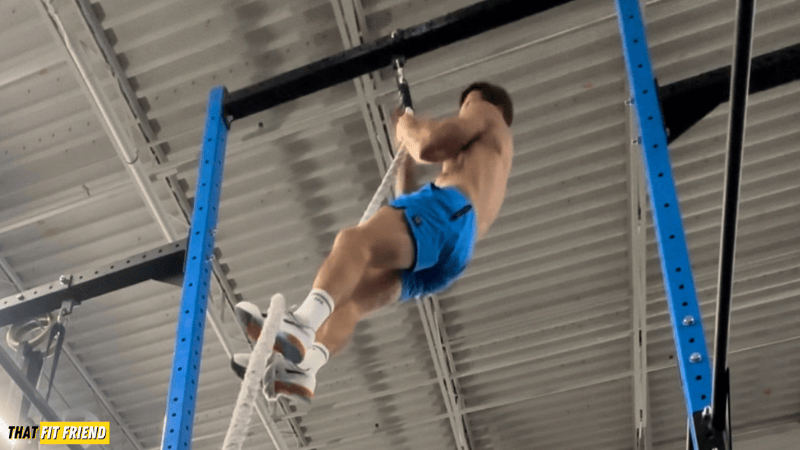
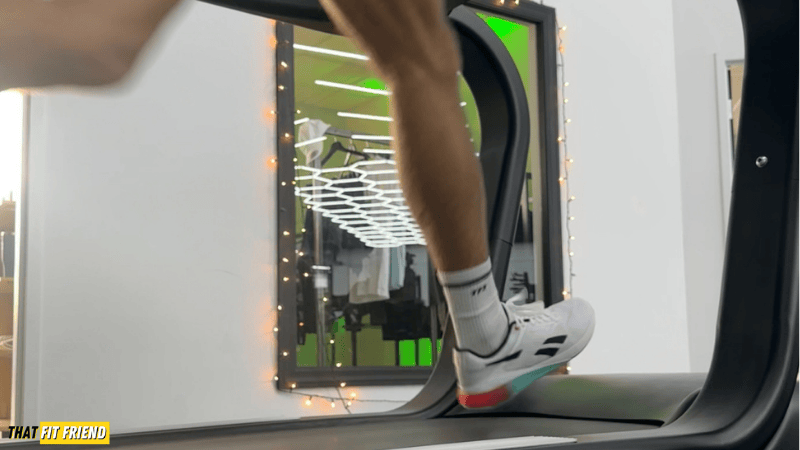
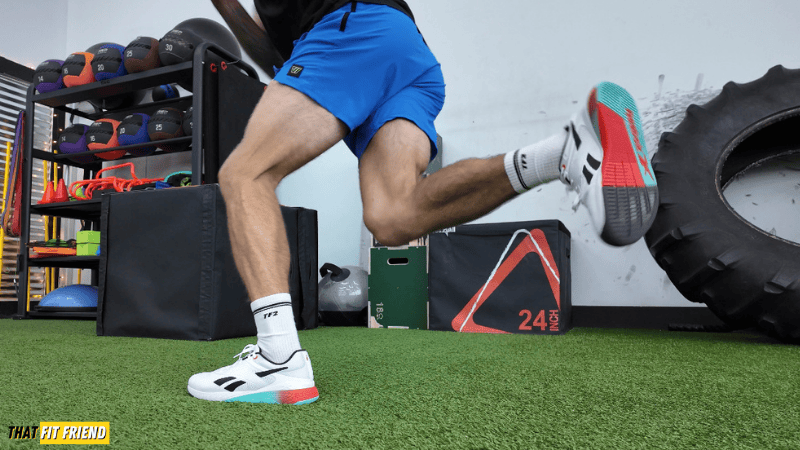
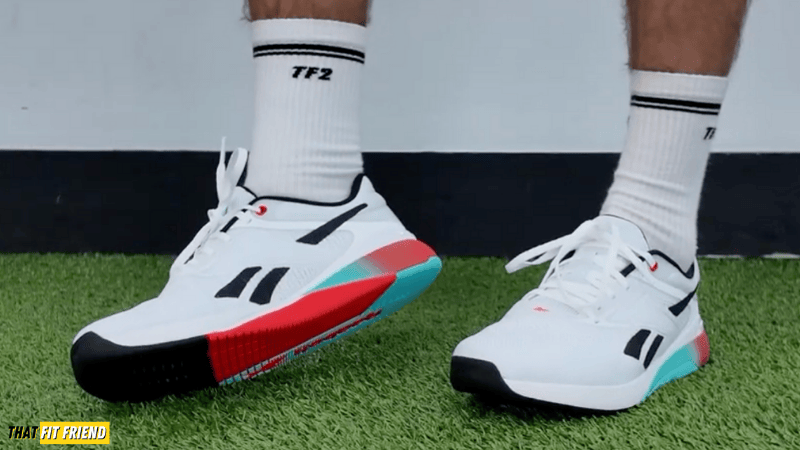
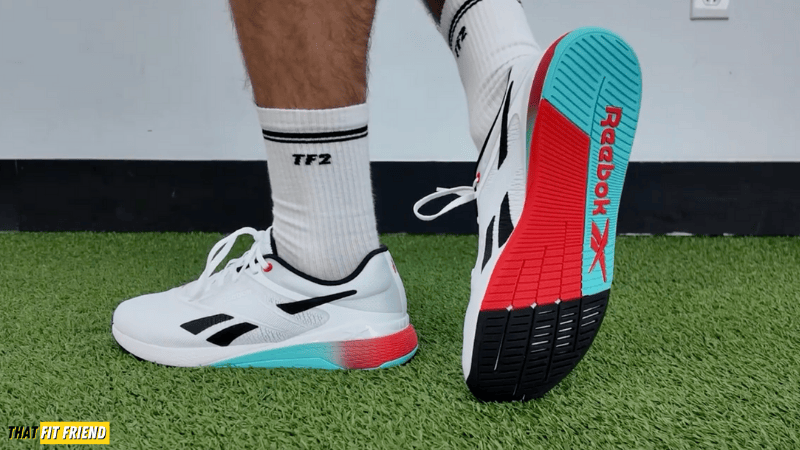
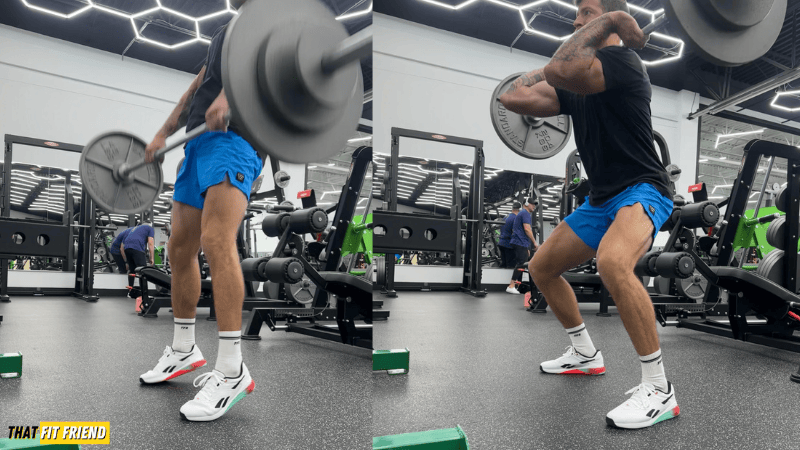
I often describe the Nano X5 as being a good option for anyone who’s not sure what shoe to grab. I’ve squatted north of 300 lbs in these shoes and have deadlifted well over 400 lbs in them without running into stability issues. For most strength and hypertrophy workouts, these will be solid.
The fit on the Nano X5 is also a nice upgrade compared to its predecessor. This shoe feels wider and more spacious and should accommodate most medium to slightly wider feet well. If you like a little arch support and a more rigid boot, then you’ll also likely enjoy their fit.
What Other Reviews Have Said
These are still super new, and I’m waiting for more community feedback on my video before drawing conclusions. Check back soon!
The Bottom Line
The Nano X5 delivers for the generalist and intermediate in the gym who does a little bit of everything. They’re stable enough for lifting and have a nice bounce to them.
Best Cross-Training Shoes for Short Runs: On Cloud X 4
The On Cloud X 4 is what I call the “Equinox” of training shoes. It’s got a bit of everything; it’s a little bougie, and it’s comfortable. I think if you’re that hybrid-esque lifter who wants a model for short runs and lifting, these are good. I do like other options, too, though.
Sizing Need to Know
- Removable Insole: Yes
- Width: Medium/Wide(ish)
- Narrower Feet Sizing: True to Size
- Wider Feet Sizing: True to Size, 3E+ Width Pass On These
- Flatter Feet Sizing: These have some arch to them. Flat feet may want to pass.
- Relative Sizing: Go same size as Nike, Adidas, and Reebok.
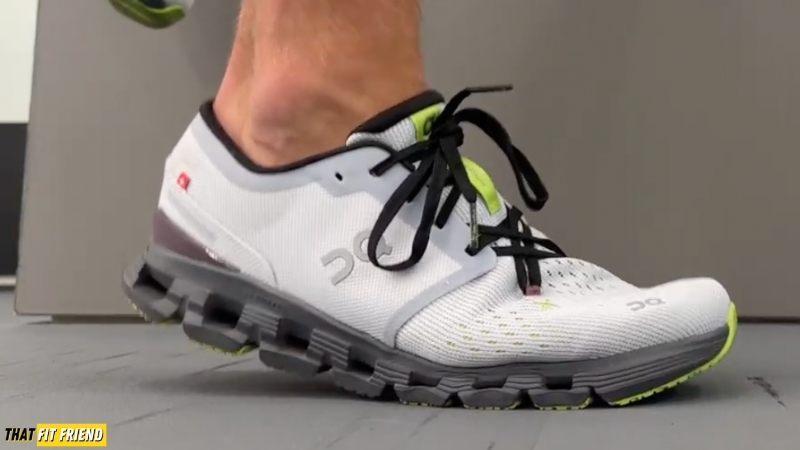
For More Context
- For More Info: Read My Review
- Good Alternative: Inov8 F Fly (if you want more width)
- On’s Return Policy: Read more here
Why I Chose Them
The Cloud X 4 training shoes can be a strong option for the lifter who wants to tackle runs regularly in their trainers and doesn’t plan to train super heavy. Concerning hybrid performance, I have three things that I like about the On Cloud X 4.
First, this is one of the few cross-training shoes that you can lift with that feel comfortable and responsive for running. The CloudTec midsole is responsive and forgiving for runs ranging from 1-4ish miles.
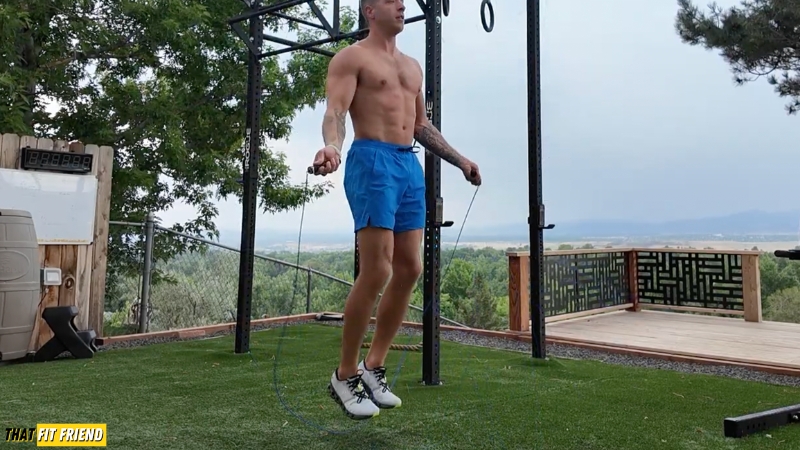
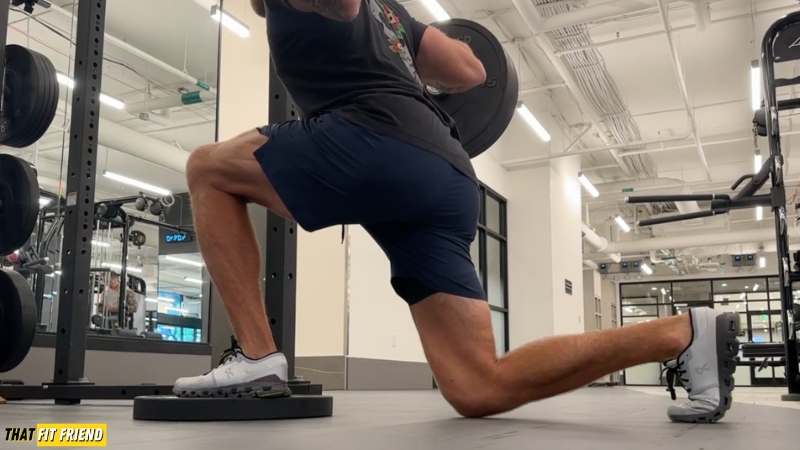
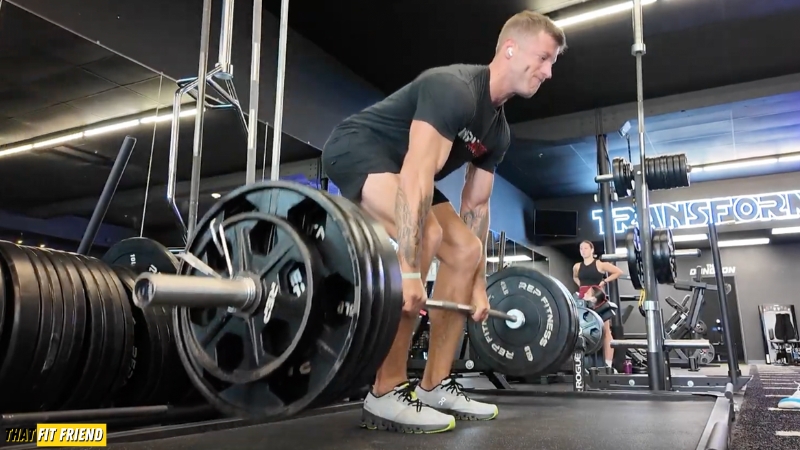
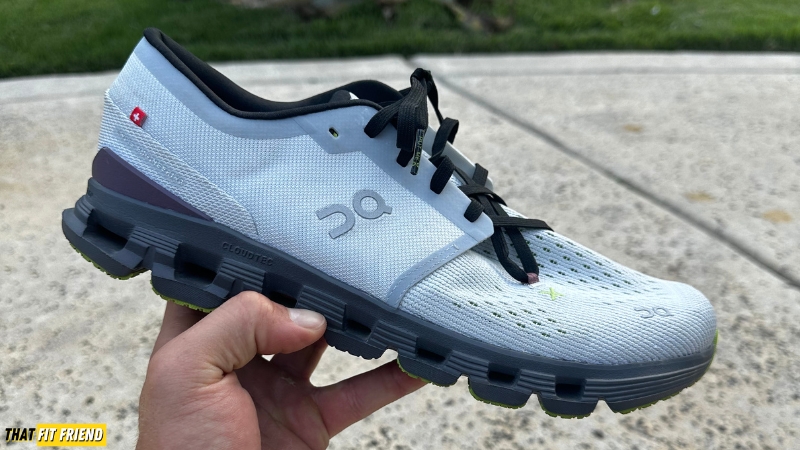
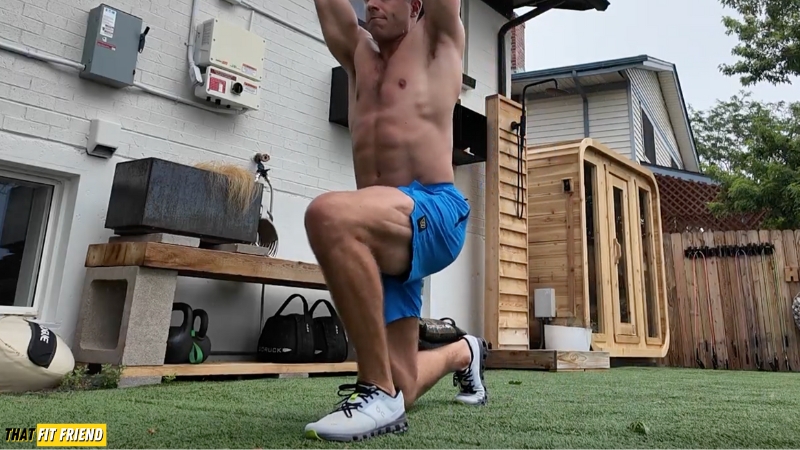
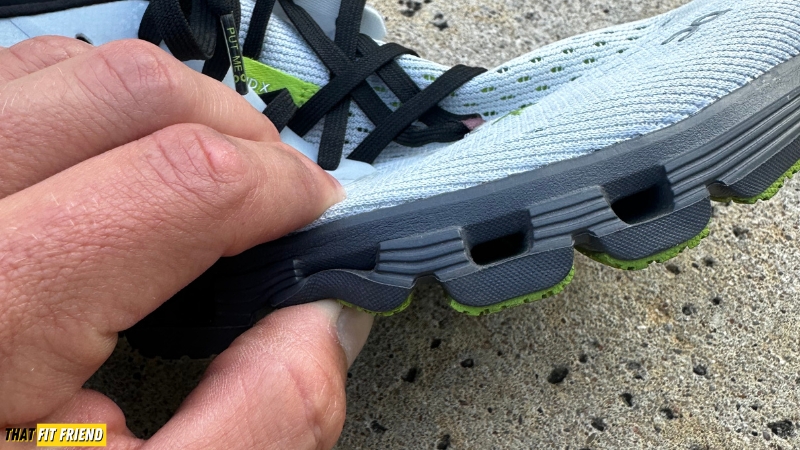
Second, this is a good model for those who want a shoe for lighter lifting and class-style sessions. This shoe’s stability is pretty good, up to about 315 lbs, so if you’re lifting lighter than that, then you should enjoy the level of stability this shoe delivers.
Third and lastly, the On Cloud X 4 can double as a daily wear shoe and be a strong hybrid performer. Of all the cross-training shoes up here, the On Cloud X 4 is the model to go for if you like blending running and lifting together every week and want a shoe for daily wear.
What Other Reviews Have Said
Most users, especially On lovers, enjoy the Cloud X4. Generally, people seek this shoe out for its comfort and generalist gym performance.
- “I travel for work a lot and I often try to get some workout in at the hotels . I have found this shoe is the perfect shoe for my lifestyle ! It is so comfortable to wear all day long , site visit and site seeing and also performs well in a hotel gym or some light morning jog ! This shoes is more versatile than specific . Which is great cuz I have my training shoes at home for serious weight lifts .”
- “Just worked out in the x4 this morning, excellent fit and comfort”
The Bottom Line
If your main asks revolve around short runs, walking, and lighter strength training, then the Cloud X4 can work great!
Best Budget Cross-Training Shoes: Nike MC Trainer 3
If you’re trying to spend well under $100 for training shoes and want well-rounded performers, then it’s tough to beat the MC Trainer 3 from Nike. This model is a nice upgrade from its predecessor and I’ve been impressed with them for costing $80.
Specs to Know
- Heel-to-Toe Drop: 4mm (feels like 4mm)
- Weight: 10.15 oz (.36 kg/.8 lb for my size 10)
- Removable Insole: No, held in with light adhesive
Sizing Need to Know
- Width: Medium/Wide(ish)
- Narrower Feet Sizing: True to Size
- Wider Feet Sizing: True to Size, 2E+ width feet pass on them
- Flatter Feet Sizing: These have some arch to them.
- Relative Sizing: Go with your normal Adidas, Puma, and Reebok sizes.
For More Context
- For More Info Watch: Watch My Review
- Good Alternative: Adidas Dropset 3
- Nike’s Return Policy: Learn more here
Why I Chose Them
The MC Trainer 3 hasn’t let me down yet in the training sessions that I’ve thrown at them. They have a medium-density EVA midsole which gives you enough stability to train heavy while remaining responsive for plyometrics and HIIT.
For example, I’ve worked up to 405 lbs in this shoe with no issues, and I’ve enjoyed the “bounce” I get from them when doing box jumps and jump rope. I classify these as a good budget-friendly generalist trainer for the beginner and intermediate.
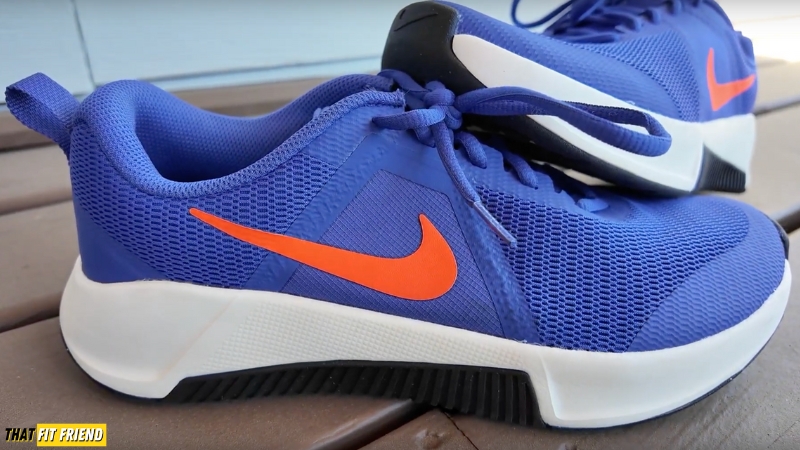
I also appreciate that Nike slightly widened this model from the excessively narrow MC Trainer 2 and reworked the heel. The heel is still a tad blocky, but it’s nowhere near as bad as the 2, and you can actually run short distances in these with comfort.
Overall, if you’re trying to save while getting a good performer, I’d say give the MC Trainer 3 a try, especially if you fall into the narrow to medium foot width category. It’s a simple shoe, but that doesn’t mean it can’t hold its own in the gym.
What Other Reviews Have Said
These are still relatively new and I’m waiting for more community feedback before building a consensus on this shoe.
The Bottom Line
These are a strong option for the budget shopper needing something stable enough for heavy strength and versatile enough for cross-training.
How I Test Cross-Training Shoes
Every cross-training shoe featured in this article has been personally reviewed by me and tested in a similar format. By testing models in a similar format, I can then draw more context between shoes and where they’ll be the most appropriate.
- Versatility Tests: To properly assess a shoe’s versatility, I’m paying attention to how a shoe’s outsole promotes traction and how a midsole interacts with my feet and the floor during various workouts. Is it comfortable for HIIT, short runs, and lifting.
- Stability Tests: My stability tests all revolve around pushing heavy lifting sessions in various shoes. At what weight threshold does a shoe lose its stability and become too soft or compress, and are there surfaces in which shoes don’t work for lifting?

- Specificity Tests: If I have a cross-training shoe designed specifically for CrossFit and a cross-training shoe designed specifically for HIIT workouts, I’ll test each model with my standard review format and create additional testing biases accordingly.
- Durability Tests: Does a shoe’s price match the quality of its construction? Are there workouts where a shoe breaks down faster, resulting in a decrease in value for you as a consumer?
- Comfort Tests: My comfort tests revolve around wearing shoes for long durations of time. Can you walk long distances in a pair of shoes or stand all day and travel without them beating your feet up?
My Go-To Buying Tips
Buying Tip 1: Midsole, Outsole, and Upper Are Key
Cross-training shoes and what works best for you can be highly individual. Different last constructions and performance needs give every shoe a unique fit and performance and this is why I hand-test every shoe in this round-up to recognize their nuance.
When looking into new cross-training shoes, I’d suggest assessing a shoe’s midsole, outsole, and upper construction and referencing that with your training. A shoe’s midsole can influence how much stability and responsiveness it has.
The outsole will influence the durability and traction that a shoe will give you on different surfaces, and a shoe’s upper will influence things like breathability and security.

Buying Tip 2: Shoes Exist On a Performance Spectrum
Cross-training shoes are designed to provide multi-functionality. Most quality-built cross-training shoes will work for lifting, HIIT, short runs, and athletic-style training sessions.
However, if you’re specific with your training then you’ll want to seek models that have a bias to their construction. For example, if you’re pushing heavier weights than your peers then you’ll want a shoe with higher density to its midsole.
Conversely, if you’re running a lot in your training shoes, you’ll want to look into options that are more plush and responsive. Remember, your shoe’s construction should reflect your training and its hierarchy of needs.
Benefits, 3 Reasons to Wear Cross-Trainers
Cross-training shoes have surged in popularity over the last decade with the boom of CrossFit and the mass acceptance of more women and men resistance training. By nature, cross-training shoes are designed to tackle a wide variety of needs, wants, and preferences.
If you’re looking into cross-training shoes — especially for the first time — it’s important to understand some of the benefits that come along with this style of footwear. This way, you’ll know exactly how to answer, “Why cross-training shoes?”
Benefit 1: Great Versatility
The first benefit of cross-training shoes is their ability to tackle a wide variety of tasks. Whether you’re lifting, tackling plyometrics, HIIT training, or CrossFit workouts, cross-training shoes will usually be able to stand up to the task.

It’s important to note that some cross-training shoes will ebb and flow in regard to their specialties. For example, some shoes will be on the more stable end of the spectrum while others will provide more versatility.
Benefit 2: Firmer Midsoles and Outsoles
A lot of cross-training shoes are designed to support heavy lifting. In general, compared to more general training shoes and running shoes, cross-training shoes will utilize more high-density foams in their midsoles and firmer rubbers in their outsoles.

The blend of these two construction components helps this style of shoe compress very little under external loads. So, if you’re squatting heavy, cleaning, snatching, or training recreationally, these shoes will help provide you with a more stable base.
Benefit 3: Specialty Construction Features
The cool thing about cross-training shoes is that they all come with their own list of unique features. Some shoes are better at supporting niche activities like rope climbs, while others are better for supporting maximal loads over 500 lbs.
When searching for cross-training shoes, generally, you’ll start to see trends of certain construction traits that correspond to functionality purposes that more general training shoes lack and don’t possess.
How to Clean Your Shoes
If you want your cross-training shoes to last, then you’re going to want to clean them somewhat regularly to avoid the build-up of dust, dirt, and other materials that can cause polyurethanes and foams to break down.
I always recommend spot-cleaning cross-training shoes and using a three-pronged approach to do it thoroughly. DO NOT put your cross-training shoes in your washing and drying machines. Instead, follow the four steps below for properly cleaning cross-training shoes.

- Step 1: Grab your cross-training shoes, a clean washcloth, a soft soap void of harsh dyes and fragrances, and lukewarm water.
- Step 2: Get your washcloth wet with lukewarm water and dab less than a dime-sized amount of soap on the damp washcloth.
- Step 3: Remove your cross-training shoe’s insoles and spot clean areas on the shoes that need a little attention. Do not soak your shoes. Repeat this process of dampening your washcloth and rubbing trouble areas until your shoes look noticeably cleaner. If you have bright colorways, rub softly to avoid ruining your shoe’s colorway.
- Step 4: Once you’re satisfied with the appearance of your shoes, place them by a vent or dry area in your house and remove their insoles until thoroughly dried.
If you do this regularly and take the time to clean your cross-training shoes properly, then you’ll make them last longer, which can be a good thing for prolonging your favorite shoe’s lifespan.
Can You Walk Long Distances In Cross-Trainers?
Answer: When considering the act of walking long distances in cross-training shoes, there are a few questions that I always have to ensure one is making an educated choice per their purchase.
- What type of shoes do you wear now?
- What does your current training look like?
- Are you aware of foot-related performance issues?
If we can define and understand the questions above, then making educated buying choices can get increasingly easier. This is where my nerdy science background comes in. Unlike super plush running shoes, most cross-training shoes will “feel” denser.
This will usually result in “feeling” the ground to a higher extent. For this topic, I will reference more minimalist shoes and walking long distances since there aren’t many studies that have solely focused on cross-training shoes specifically.
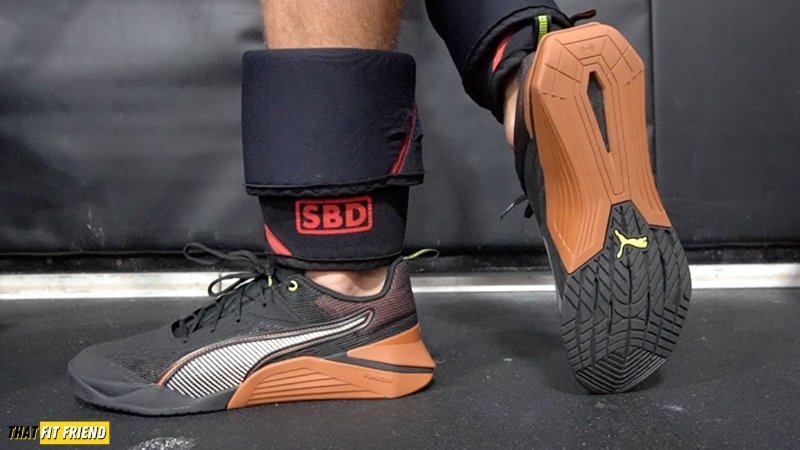
In the world of research, studies continue to go back and forth on the effectiveness of using minimalist shoes to produce enhanced walking/running mechanics and performance.
Multiple studies suggest that minimalist shoes can improve one’s walking and running economy, limit some running-related injuries, and build intrinsic/extrinsic foot muscles. (1, 2, 3)
However, in the context of opting for cross-training shoes for long-distance walks, we have to assess this information from a greater lens. A consistent suggestion that was present for nearly all of the studies was that minimalist-style shoes and their usage need to be eased into just like most training methodologies and modalities.

This suggestion basically states that if you’re a newer runner (referencing the study topics) or someone who’s used to wearing thicker running shoes, then you should have a progressive plan to acclimate yourself to more minimal-esque shoes, as the foot muscles will need time to adapt and your biomechanics will need to adjust accordingly.
Now, this is where we get to makeshift a game plan for walking long-distance in cross-training shoes. We could adopt a similar mindset when discussing cross-training shoes and longer walks since most will have a denser feel with more ground feedback.
The construction of cross-training shoes can vary greatly compared to traditional running shoes if that’s what you’re used to wearing. Additionally, comfort should be a consideration as well when making an educated buying choice.
My Coaching Thoughts/Game Plan for Walking In Cross-Training Shoes
- If you’re brand new to wearing cross-training shoes, then you should ease into wearing them for longer walks and acclimate to their more stable performance aspects.
- If you’re used to wearing running shoes for longer walks, ease into using cross-training shoes for long walks to acclimate to mechanical changes and overall comfort differences. Most will feel denser compared to running shoes.
- For those who already wear cross-training shoes for most of their training and day-to-day, you should be fine wearing these models for longer walks as you’re likely already acclimated.
The main takeaway is that footwear matters, and we need to consider the bigger picture of how things like footwear can alter running and walking biomechanics in this context.
Instead of making dramatic shifts with footwear choices when specific goals are the focus, we should think of the bigger picture and how one thing can relate to another (i.e., footwear and locomotion mechanics).
The foot muscles, just like every other muscle on the body, will need time to adjust to different shoes and mechanical patterns that we utilize when walking. Current training levels, strength levels, and footwear typically worn should all play a role in helping one decide if they should walk long distances in cross-training shoes.
Final Remarks
The cross-training shoe game continues to innovate just like the talent in strength sports and the training methodologies we use. If you want a stellar training shoe for lifting, opt for the Adidas Dropset Trainer 2 or Born Primitive Savage 1.
If you need a shoe that’s more HIIT and running-friendly, then going for a Nike Free Metcon 5 or On Cloud X 3 can be a smart move.
If you ever have any questions at all, drop a comment below or reach out to me personally on Instagram (@jake_boly or @that_fit_fiend), and I’ll gladly help direct you to the ideal shoes for your contextual needs.
References
1.RIDGE, S., OLSEN, M., BRUENING, D., JURGENSMEIER, K., GRIFFIN, D., DAVIS, I., & JOHNSON, A. (2019). Walking in Minimalist Shoes Is Effective for Strengthening Foot Muscles. Medicine & Science In Sports & Exercise, 51(1), 104-113.
2. Petersen, E., Zech, A., & Hamacher, D. (2020). Walking barefoot vs. with minimalist footwear – influence on gait in younger and older adults. BMC Geriatrics, 20(1).
3.Gillinov, S., Laux, S., Kuivila, T., Hass, D., & Joy, S. (2015). Effect of Minimalist Footwear on Running Efficiency. Sports Health: A Multidisciplinary Approach, 7(3), 256-260.

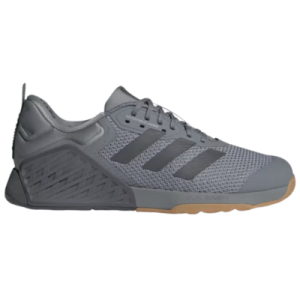


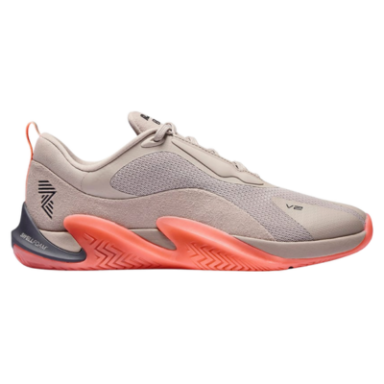

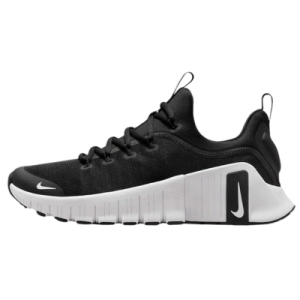

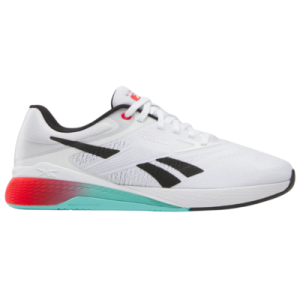
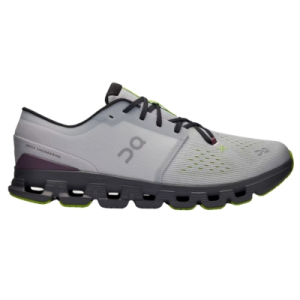
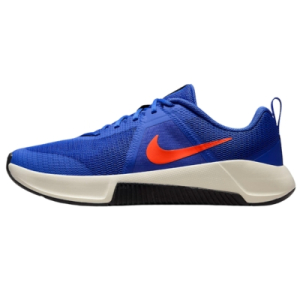
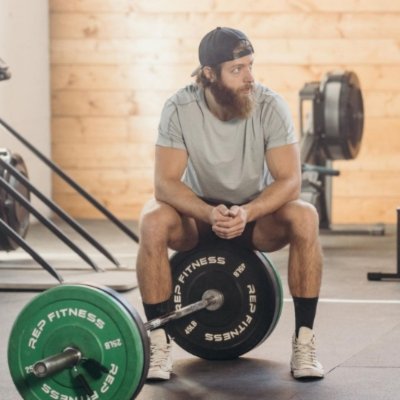
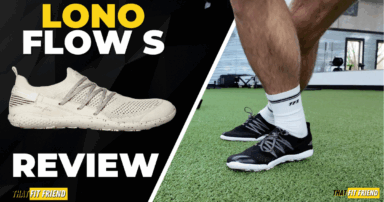
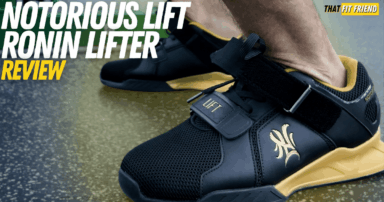


Nick
Looking for a replacement for my Nano 9s that have been my SBD, rowing, and everyday walking shoe (often carrying a 50lb toddler on walks which has been a bit much for my Xeros) and the Adidas Dropset 2 seem to be close but are now almost sold out everywhere. Any idea if a new version is coming out?
Dropset 3s just released in EU and will likely come to the States in late June/early July. They’re a great model and they should work for your contexts!
Usama Harun
I’ve a flat and wide feet with messed up knees, workout consists of 2/3 mile running. I already have inov-8 f-lite fly g 295, 235 lite v3. Now thinking of getting something better. Torn between born primitive Savage 1, inov-8 lite g300 and haze trainer. What’s your recommendation? Or do you’ve any other recommendation? Keep up your hard work.
I’d go Born Primitive Savage 1, they’ll give you the most width which may feel good for foot asks (flat/wide). G 300’s arch can feel a little aggressive for flat feet and the Haze are decent but I’d start with the BP model then go from there. Thank you for checking out the site!
Berkay
Hey Jake,
Thank you so much for this website and all these great reviews. I’ve read bunch of them to decide my very first crossfit shoes. I’ve been on and off recreational crossfitter for two years. I’ve started by wearing an old pair of Converse Chuck-Hi and stuck with them until now! Yet, i feel that it’s time for an upgrade for a real crossfit shoes.
My problem is that I’m living in Turkey and finding certain models are definitely a problem. Even if I find them, the prices are always too high. So, a friend of mine will bring me a pair when coming back for their visit in Europe. It means that I will buy a shoe without having a chance to try and return in case of discomfort.
So by consequence, I am down to two choice between Puma Fuse 2.0 and Nike Metcon 8. I know that there is a difference in price. I found size 12 Puma Fuse 2.0 for sale to 50 euros (54 USD) and Nike Metcon 8 for 95 euros (103 USD). I’d like the focus to buy a shoe that won’t dissappoint with me with its comfort, performance and durability since I’m hoping to use them for a long time. Can you help me out make this difficult choice to blind-buy the shoe to stay with me for a long time? Does the price difference between Fuse 2.0 and Metcon 8 worth to go for Metcon 8?
I’m 6’4 around 210 pounds. I work out 3-4 times per week in crossfit class WODS and sometimes doing olympic liftings sessions on my own.
Again, thank you for all your work! It’s great to find a source of information as nich and high-quality as yours on internet.
Thank you so much for checking out the content! Hit you back via IG, I believe (if I didn’t and that was someone else, lmk)! Reach out if you have additional Qs, friend.
Joshua
Thank you so much for this information.. For the Haze trainer’s width comparison you mentioned the Altra Escalante. Which version of the Escalante? I know that some are wider than others. More specifically to my reason for asking is that I currently have the Innov8 G300, which is a bit too narrow for me, how do the haze compare to that?
Hey! I believe they rival it off of the first Escalante model, so in modern days likely close to the 2.5 or 3 (unless Altra has widened them since the OG model). Compared to the G 300, the Haze Trainer’s toe box width is about the same, but it has a wider midfoot.
IMO, if it’s the midfoot that’s too narrow with the G 300, then you may like the Haze’s fit better. Toe box is similar though, once again. If you want, shoot me a message on Instagram and I can send you a video breakdown comparing the two shoes so you can see their sizing firsthand!